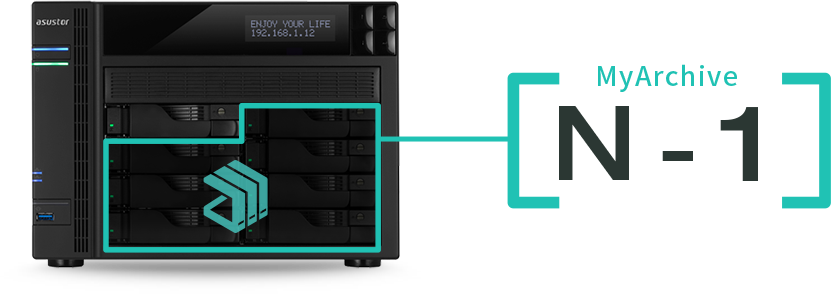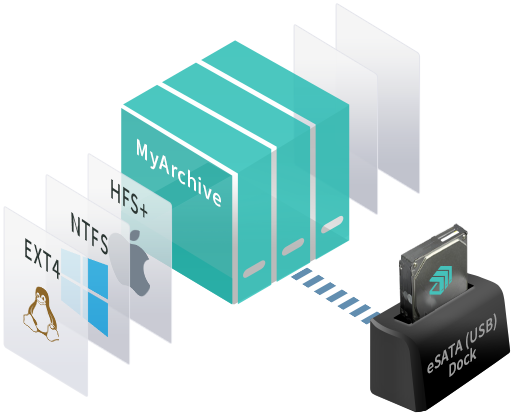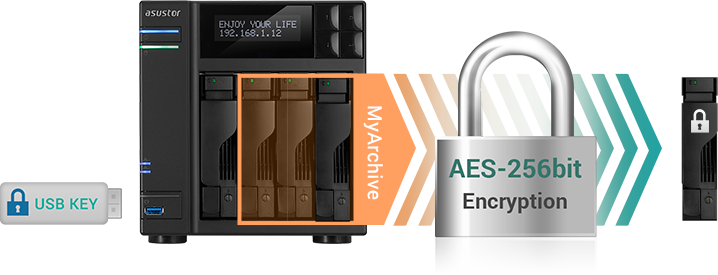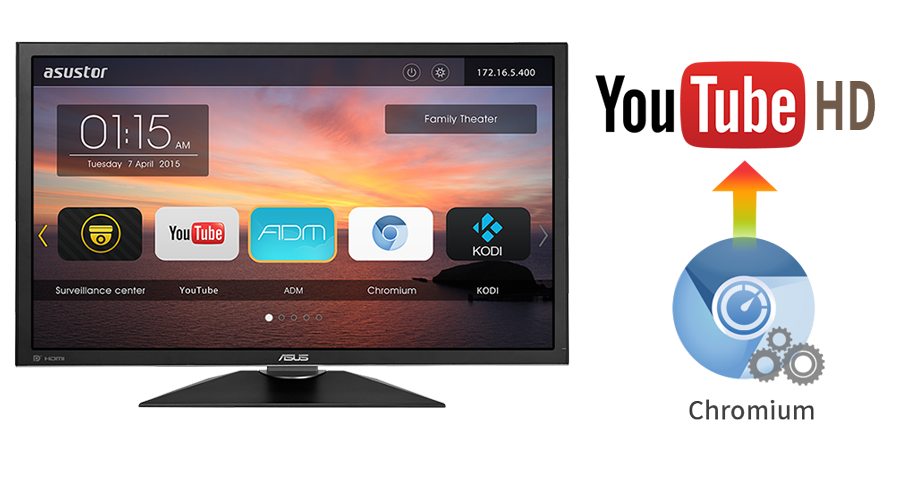ADM 2.6
Note:
- Since the file structure in the ADM 2.6 has been modified, you will not be able to roll back to a previous version of ADM after upgrading.
- If your NAS is using ADM 2.4.0 or prior versions, please upgrade to 2.4.2 first, before upgrading to 2.6.
*ADM 2.4.2 Download Link: here - After upgrading to ADM 3.2, some apps may be disabled because of compatibility issues. In order to ensure proper compatibility, please update all apps to the latest version at App Central. Please verify that they are updated and enabled in order to continue using your apps. For those using DataSync for hubiC, please bear in mind that this app has not been released and is still in beta. To download DataSync for hubiC, please download it from the Beta Apps section of App Central.












